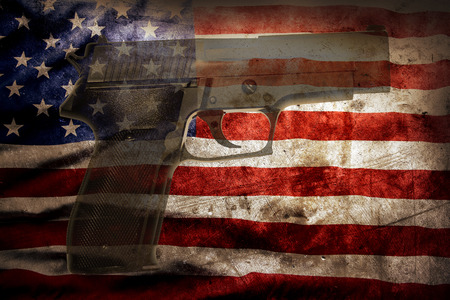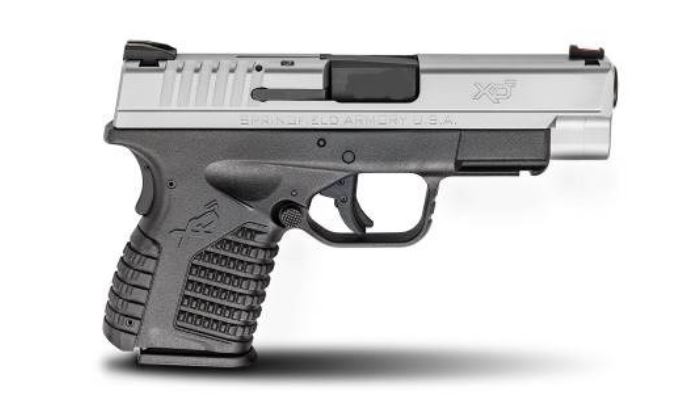Glock: America’s Favorite Handgun

Glock has become synonymous with the word ‘handgun.’ Thanks to an abundance of references in countless Hollywood movies and rap lyrics, the popular Austrian firearm has secured its place in pop culture. But that’s not the only place you’ll find the Glock hangun; two-thirds of America’s police departments now carry them.
So, how did an Austrian entrepreneur, with no experience making guns, become one of the most influential names in the United States? In three decades, Glock grew to be one of the most recognizable brands, making it an icon among gun enthusiasts and a target among gun control advocates.
Glock: A Brief History
In 1982, Gaston Glock was an engineer working outside Vienna. He ran a radiator factory and had no experience in the gun-making arena. This inexperience was to his advantage. Having no knowledge of the firearms manufacturing process, he created his own.
Unlike all other models at the time, he built his unique design on a plastic frame and with only 34 components — about half as many as other gun manufacturers. With its lightweight composition and simpler design, the Glock was easy to make and less likely to malfunction.
In less than 10 years, the company was shipping more than 120,000 units per year to the United States. To this day, the brand is owned by the Glock family, and they are very secretive about their process. Rarely do they agree to interviews, and never do they open up their U.S. plant in Smyrna, Georgia to journalists, tourists, or anyone else.
Loyalty of Glock Enthusiasts
Glock has its fair share of followers. Gun enthusiasts around the world love it, and it’s a favorite among law enforcement officers, the FBI, and even famous terrorists and dictators. Military personnel found Saddam Hussein in his hideout in 2003 carrying a Glock.
The brand has a huge presence at trade shows, and no other manufacturer is more influential. With so many law enforcement officers carrying a Glock, it quickly grew to be one of America’s favorites.
Glock’s Image
It’s clear how Glock’s image has grown in the past 30 years. Glamorized by the likes of Arnold Schwarzenegger as Jericho Cane in “End of Days” and Matt Damon as Jason Bourne in “The Bourne Ultimatum,” the iconic firearm has taken over the big screen. Add to that the countless name drops of the firearm in beats from rappers including Tupac Shakur, Dr. Dre and many others.
Filmmakers and prop masters throughout the industry began using Glock because it was different. That was part of the appeal. Different meant exciting, and America caught onto the hype.
Other firearm manufacturers have been trying to catch up to the brand, and while they can match firepower, they’ve never achieved quite the same level of star power.
Glock’s Functional Advantages
Star power aside, the Glock also has many tactical advantages. For one, it is well know for it’s reliability. It rarely misfires or malfunctions. It can outgun many semiautomatic pistols, and it’s simple to shoot. It’s easy to see why law enforcement chose this handgun over any other.
This iconic pistol also fires nearly four times faster than a revolver. When put to the test, a revolver can achieve 18 shots in 22.7 seconds, while it takes the Glock only 5.7 seconds, on average. The beauty is in its simplicity. Even when handled by someone who has never shot a gun before, it hits every target.
With a variety of models to choose from like the Glock 17, Glock 19 Gen 5 and Glock 43, there are handguns for sale for almost everyone. Grab a Gun has one of the most expansive online gun stores with competitive pricing and our Shoot Now, Pay Later gun financing. Make your entry into the gun arena or enhance your existing collection with semi-automatic handguns that fit your unique needs.

